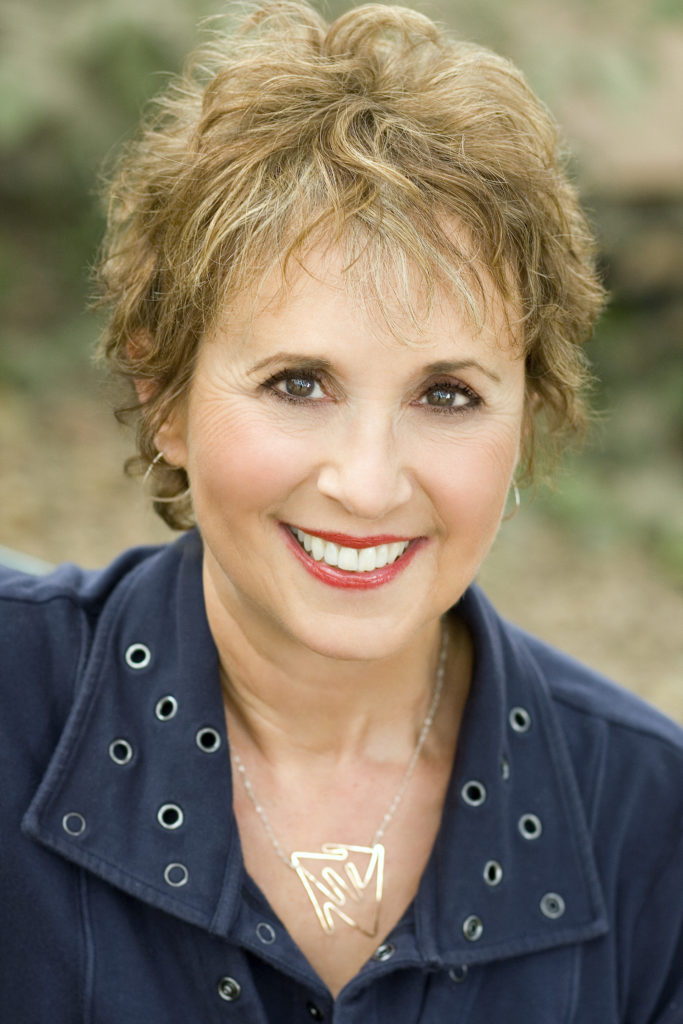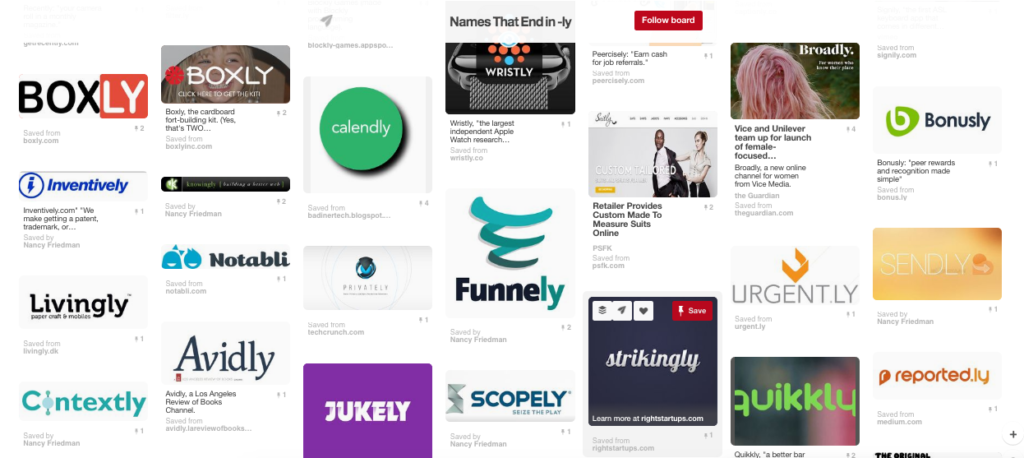Early this week, we published a fascinating story behind Warby Parker’s brand name. After months of generating names (2000+) and gathering feedback, the four Founders – Neil Blumenthal, Andrew Hunt, David Gilboa, and Jeffrey Raider – finally agreed on Warby Parker, primarily because no one could associate anything with it, allowing them to control and build their own reputation from day one.The story reminded us how painful the naming process can be, especially for a first time founders. Neil Blumenthal, one of the Founders of Warby Parker said, “When we looked at folks that inspired us, we often looked at literary figures because of the tie between vision and reading.” But despite all the inspiration, Blumenthal confessed that naming the company “was actually the hardest thing that we did.”
Whether you are commencing on your naming journey or have hit a dead end, we hope this short interview with Nancy Friedman, branding professional, establishes direction and more importantly, inspires creativity.
 Nancy is a verbal-branding pro with 20+ years of experience in name and tagline development, brand strategy and naming architecture. She loves working with companies that understand the value of a good name and a powerful brand story. More about her work can be found at Wordworking.
Nancy is a verbal-branding pro with 20+ years of experience in name and tagline development, brand strategy and naming architecture. She loves working with companies that understand the value of a good name and a powerful brand story. More about her work can be found at Wordworking.
Q&A with Nancy Friedman, Chief Wordworker @ Wordworking:
If Jeff Bezos swooped you up on a drone and asked for your best naming advice what would you tell him?
I doubt very much that I could tell Jeff Bezos anything he doesn’t know (or would be interested in hearing). If I were in a drone with a less-experienced company founder, however, I’d say this: Start with a detailed written creative brief that defines your business, your market, your competition, and your naming objectives and criteria. Avoid descriptive names, which are difficult to protect legally because of the likelihood-of-confusion standard. Focus instead on distinctiveness, and look for names that suggest, rather than describe, what you do. (GREYHOUND rather than INTERCITY BUS LINES, for example.) Don’t rely on crowdsourcing or focus groups – they’ll produce a lot of noise and very little signal. Work with a skilled and experienced trademark lawyer – not the general-business lawyer who draws up your contracts. This isn’t a minor issue: it’s the title of your business story.
Besides Xobni, what tech name makes you sigh?
Any name that isn’t distinctive makes me sigh a little. All those names that end in –ly, for example, express nothing distinctive or compelling. Names with contorted spelling or pronunciation also annoy me; usually you can trace their genesis to the desire for a cheap domain above all other (and far more important) objectives. One example: NYOOMBL.

Image Credit: Pinterest
Make sure your team doesn’t agree on a name until you have ________.
I advise clients to limit the number of people involved in the naming project to those with veto authority – ideally, no more than five people with a stake in the outcome. The process should be disciplined and rigorous – not spitballing over a case of Red Bull and a couple of pizzas. There should be a written naming brief that guides the creation of names and measures the effectiveness of those names. The master list of names should be extensive (professionals often develop between 200 and 1,000 names for a single naming project). Names should be vetted twice by a trademark lawyer: first in a preliminary, or “knockout,” search; and finally – for the top three or four candidates – in a comprehensive search. Domain availability should not guide the decision; distinctiveness and legal availability (trademark) should. Once you have a short list of three or four top candidates, spend time saying them out loud and mocking them up in logos, ads, and so on. Here’s a checklist.
Once a big pool of names has been generated, do you recommend shortlisting by trademark availability first or do recommend scratching names off the list using some other method?
Don’t present any names that don’t have a strong likelihood of legal availability; a trademark challenge can be extremely costly and time consuming. I do my own USPTO search and then submit a list of 25 or more names to a trademark lawyer for a knockout search – all before the first presentation. (I do domain searches too, but there’s far more latitude with domain. For example, I named a company DORSAL and recommended godorsal.com for the domain, which they are using.)
From generation to selection, how long does it normally take you to choose a final name?
Four to six weeks.
There you have it! Big thanks to Nancy for graciously sharing her wisdom with us. You can follow her on Twitter or schedule time with her to discuss your next naming project on Clarity. Lastly, if you have any questions around naming, please comment below and we’ll be happy to discuss in a future Q&A.
Adam Lang is the founder and editor of Rewind & Capture. He is passionate about creative marketing, design and brand etymology.






Leave a Reply